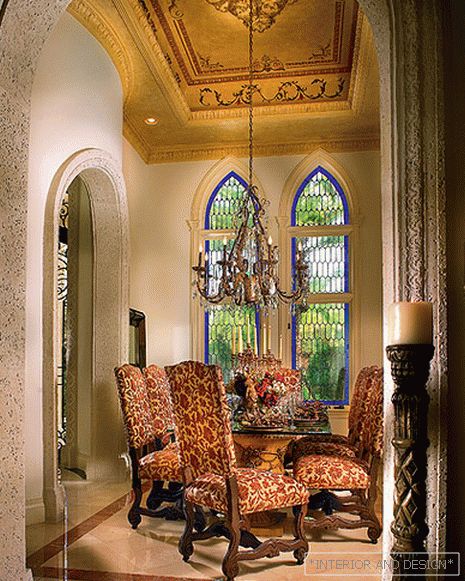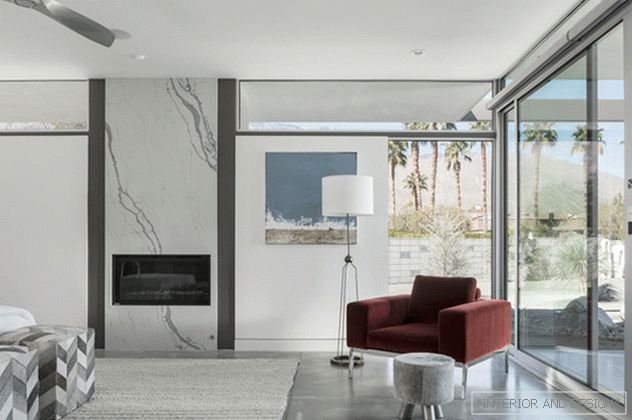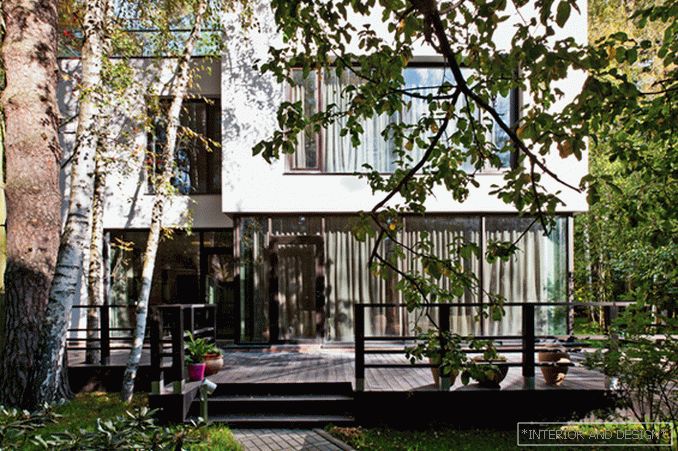Luceplan, one of the leaders in the lighting equipment market, has been manufacturing original design lamps for almost 40 years, relying on the latest technological advances and with concern for the environment.
Related: Luceplan Receives the Red Dot Best of the Best 2016 Award
1978 Young architects Riccardo Sarfatti (Riccardo Sarfatti), his wife Sandra Severi, and fellow student Paolo Rizzatto founded the company Luceplan. Their own ideas and knowledge were supported by experience gained in collaboration with Gino Sarfatti, the founder of Arteluce, the father of Riccardo Sarfatti. Just three years later, in 1981, the D7 lamp, designed by Paolo Rizzato and Sandro Colbertaldo, received the Compasso d'Oro. This was the first award in the next series of achievements of the brand. In 1984, Alberto Meda, a plastics specialist and enthusiastic experimenter, joined the founding partners, giving a new boost to Luceplan. His work has won numerous awards, including Compasso d’Oro in 1989 for the Lola lamp collection, in 1994 for the Metropoli collection and in 2008 for the Mix lamp.
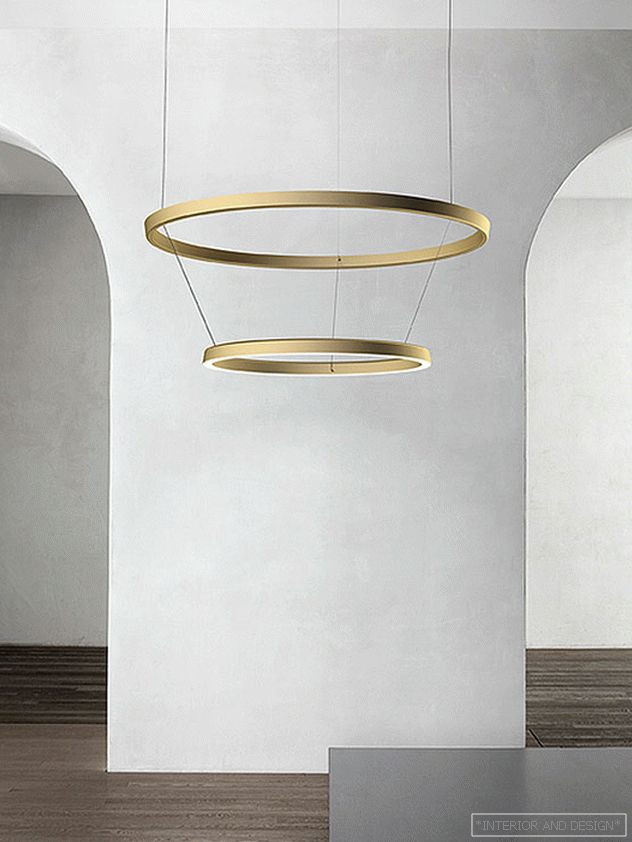 Светильник Compendium, Luceplan.
Светильник Compendium, Luceplan. 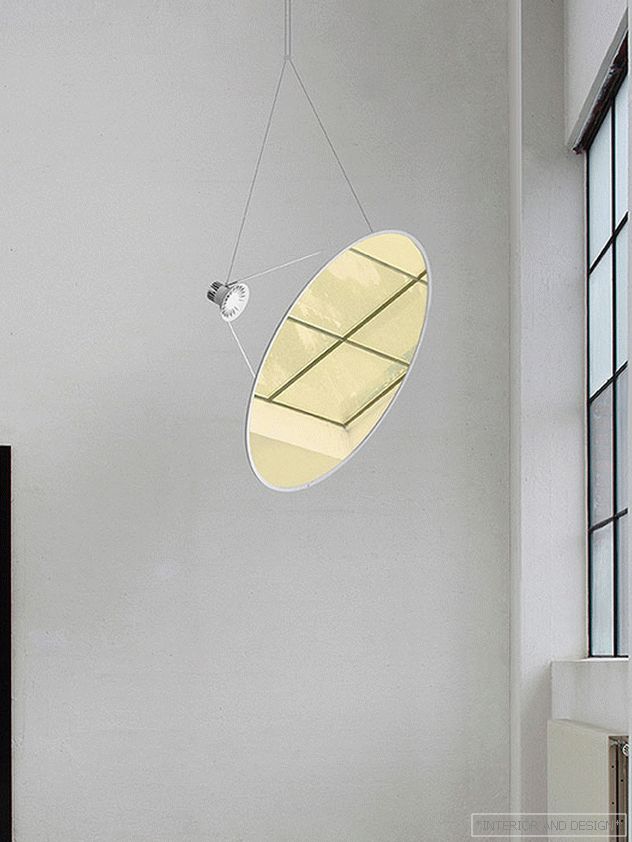 Lamp Amisol, Luceplan.
Lamp Amisol, Luceplan. 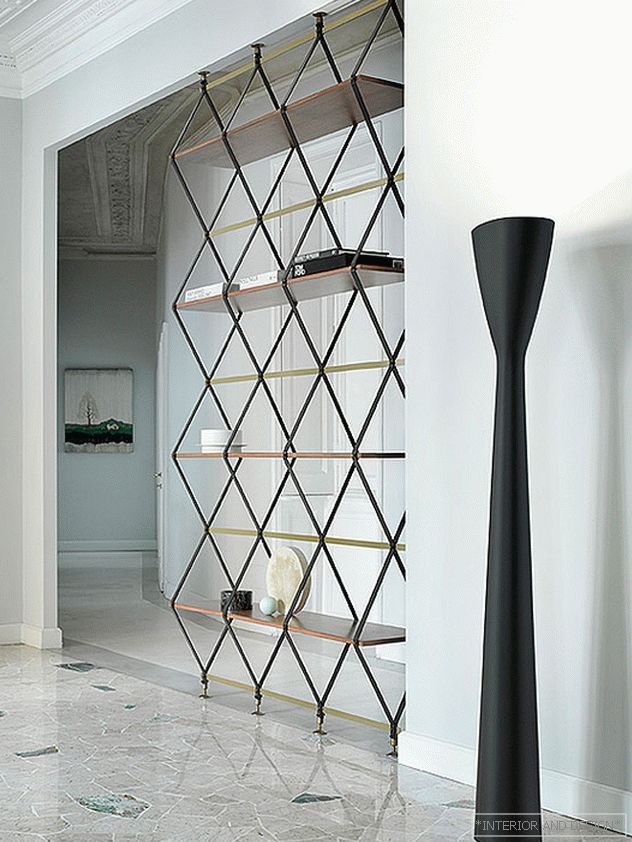 Luminaire Carraral, Luceplan.
Luminaire Carraral, Luceplan. 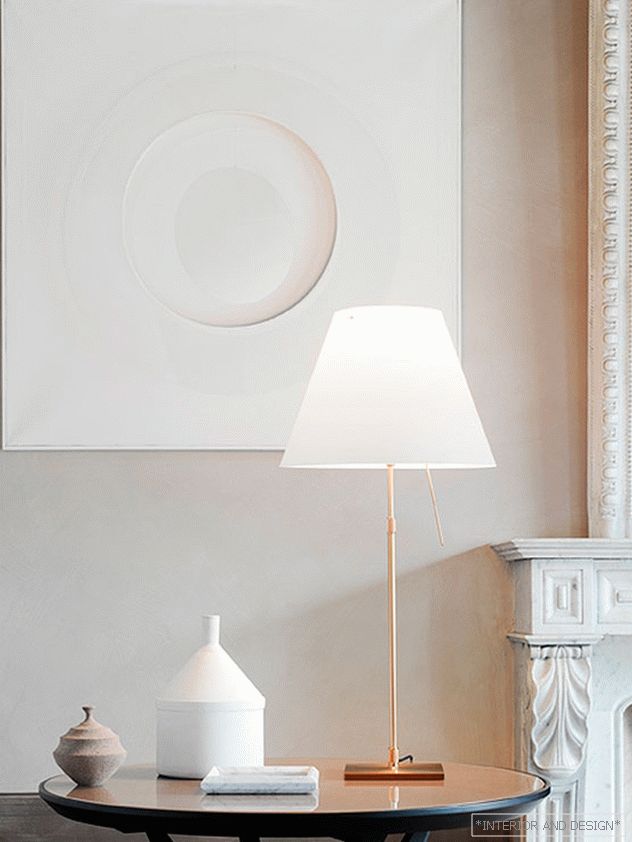 Luminaire Costanza, Luceplan.
Luminaire Costanza, Luceplan. 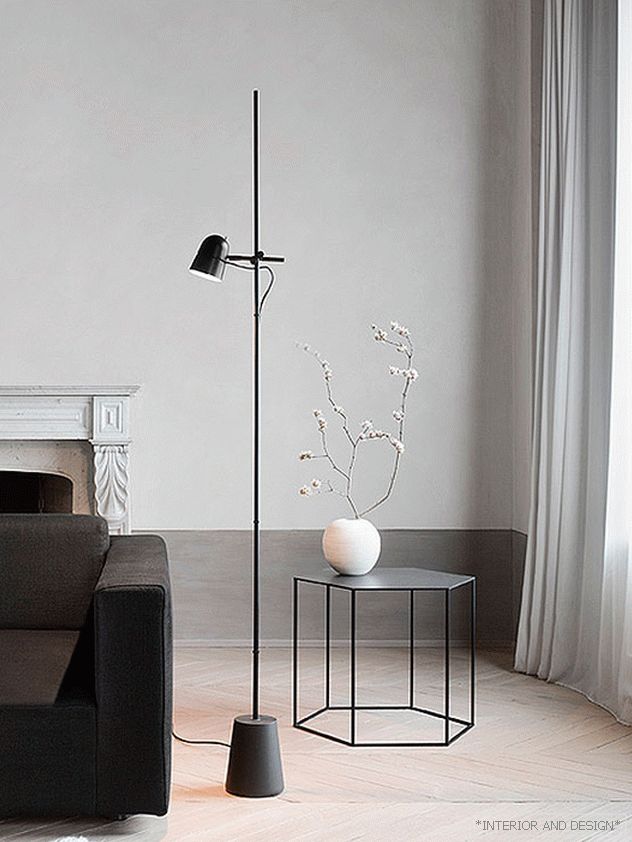 Светильник Counterbalance, Luceplan.
Светильник Counterbalance, Luceplan. 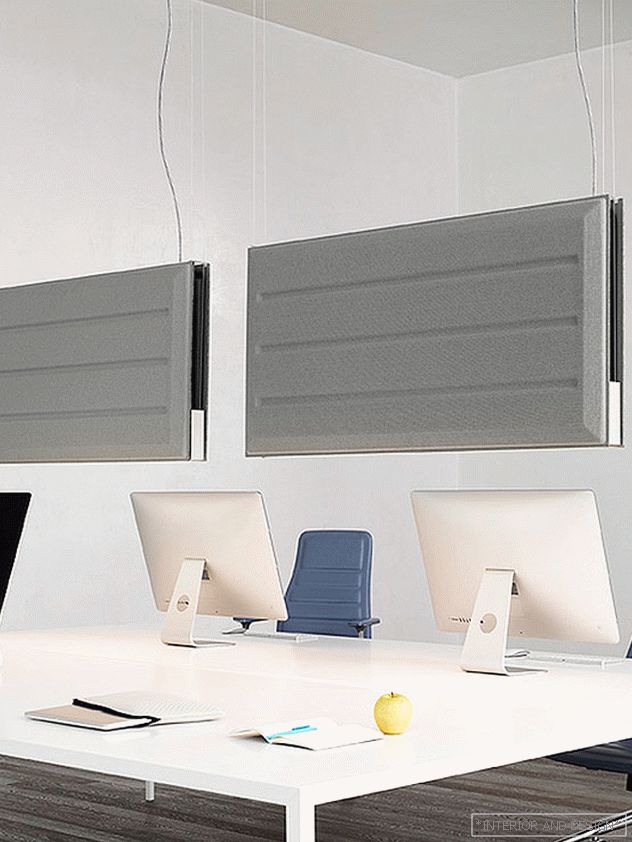 Lamp Diade, Luceplan.
Lamp Diade, Luceplan. 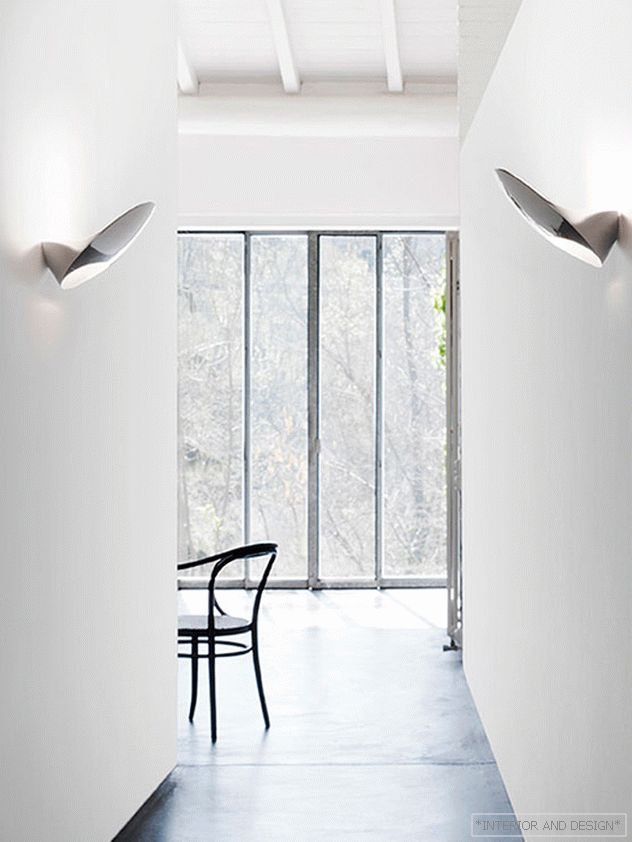 Luminaire of Honor, Luceplan.
Luminaire of Honor, Luceplan.  Luminaire Ivy, Luceplan.
Luminaire Ivy, Luceplan. 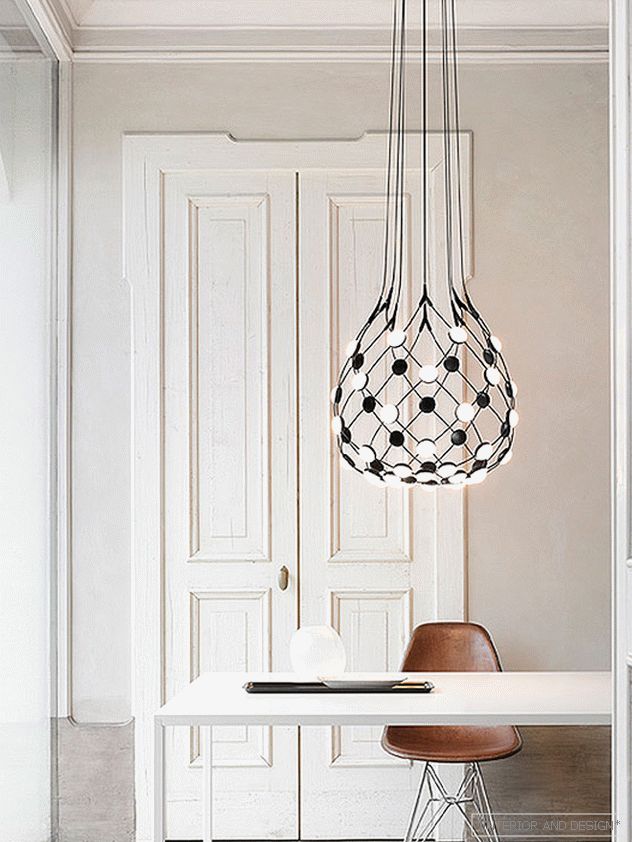 Lamp Mesh, Luceplan.
Lamp Mesh, Luceplan. From the first days of its existence, the company Luceplan has relied on innovative developments. It was here that they first began to produce interior lamps with LEDs that previously had been used only in industrial premises. Moreover, the company's specialists have achieved that these lamps have acquired the power of traditional light sources, while maintaining low rates of electricity consumption. Long-term development also allowed to use in the interior and photocells, which were previously used only in the open air. In production only non-toxic materials and finishes are used. Luceplan models can be seen in green buildings around the world (for example, in the New York Times Building).
Designers invited by Luceplan are constantly experimenting with shapes and designs. So, in 2010, the Argentinian Francisco Gomez Paz (Francisco Gomez Paz) came up with the model Hope, which was immediately awarded two prizes - the Red Dot Design Award in Germany and the Good Design Award in Japan. The lampshade of this lamp is made of thin polycarbonate plates made in the form of Fresnel lenses. When passing through them, the light beam refracts, scattering into many sparkling splashes.
Created in 2011, Odile Deck Soleil Noir is an organic-shaped pendant lamp, as if defying the laws of physics. In fact, this asymmetric object maintains a balance due to the changing thickness of the case, made of polyurethane.
Synapse (2012) - the next creation of Francisco Gomez Paz - is a new type of lamp, standing half way between the subject and architecture. The design is based on three-blade modules that can be connected in infinite configurations. They can act as luminous space dividers. The elements are equipped with printed circuit boards and three-color LEDs that allow you to change the color temperature through a remote control.
 Luminaire Tatiana, Luceplan.
Luminaire Tatiana, Luceplan. 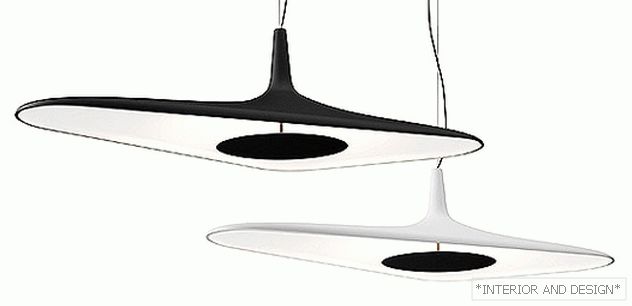 Lamp Soleil Noir, Luceplan.
Lamp Soleil Noir, Luceplan. 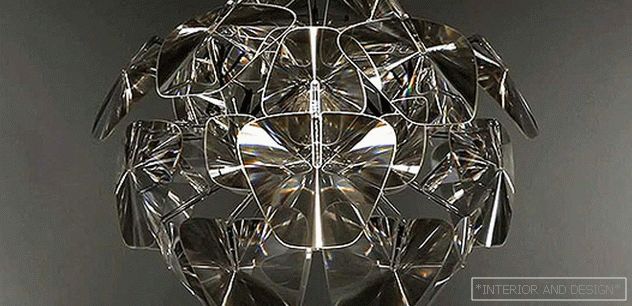 Lamp Hope, Luceplan.
Lamp Hope, Luceplan. 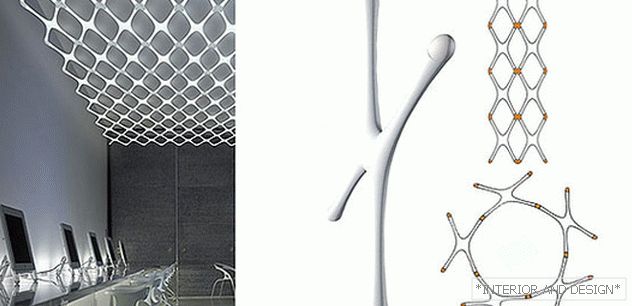 Luminaire Synapse, Luceplan.
Luminaire Synapse, Luceplan. The company cooperates with the Norwegian Daniel Rybakken. His lamp Ascent (2013) received the Golden Compass (Compasso d'Oro) in 2016. The principal innovation is an unusual gesture by which the lamp turns on and off and the light is regulated. Ascent "comes to life" due to the movement of the lamp head along the thin leg, forming special lighting scenarios. The electronic circuit installed in the head of the lamp allows you to adjust the intensity of light.
Related: Compasso d'Oro Award 2016: Ascent lamp for Luceplan
In 2016, the Mesh pendant lamp by Francisco Gomez Paz received another prestigious Red Dot Best of the Best award. The openwork lamp is made of thin steel cables, with LEDs installed at their intersections. The location of the LEDs corresponds to parameters similar to the Fibonacci sequence. The grid design allows you to control each LED individually, controlling the intensity of the light and directing it to different parts of the room.
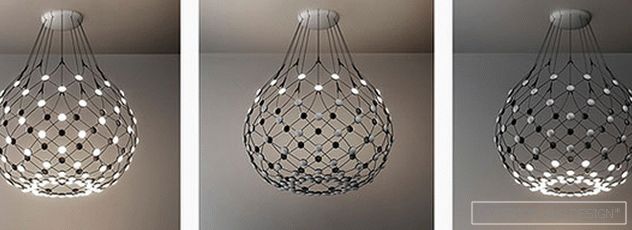 Lamp Mesh, Luceplan.
Lamp Mesh, Luceplan. At Euroluce 2017, Luceplan introduced several new models and a continuation of already well-known collections. Perhaps the most interesting novelty is the Amisol lamp by Daniel Ribacken, resembling a solar sail of spacecraft. The design consists of thin aluminum tubes that “hold” a small lamp and a light reflector. The idea of the designer was to create a model that would cover the widest possible space with the minimum physical volume and weight. A powerful light source projects a beam of light onto a wide, almost weightless disk, reflecting in the right direction or scattering it.
Related: Luceplan: Daniel Ribacken Lamp

